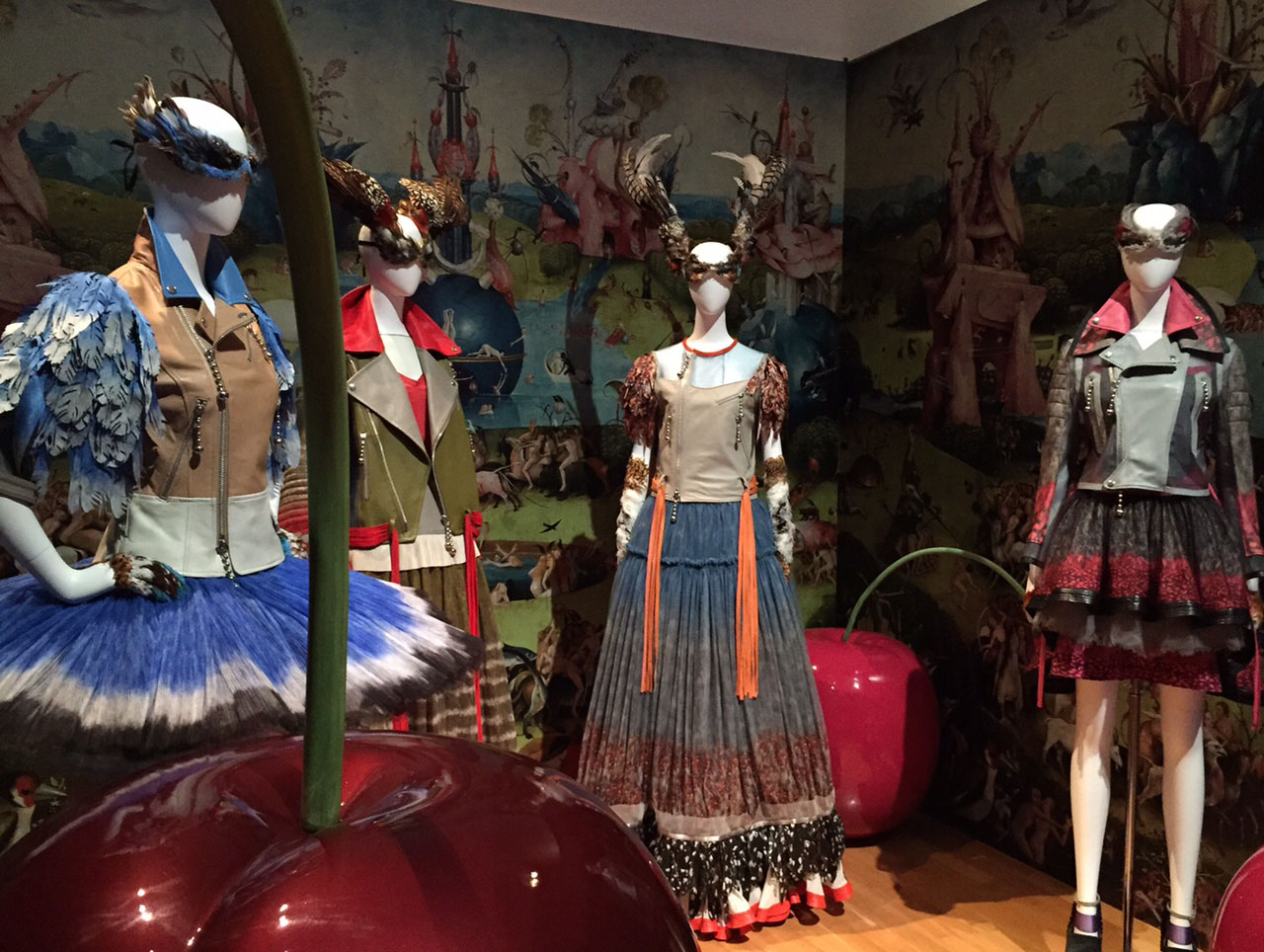It's undeniable that when designer Jun Takahashi founded Undercover — which celebrates its 25th anniversary with its first retrospective at Tokyo Opera City Art Gallery — he was strongly influenced by the pioneers of deconstruction fashion Rei Kawakubo and Yohji Yamamoto. His first few collections from 1994-99 exhibit the unmistakable muted tones, raw edges and asymmetry that his mentors famously used to eulogize imperfections in the 1980s.
Quickly, though, he impulsively began to break other sartorial rules, with each season of lineups wildly different from the previous. He would stud military camouflage with glistening gems one year, hand-stitch disheveled fabrics the next, and then use impractical materials, such as shattered vinyl records, for another. The eclecticism would be as confusing as it is surprising if it were not for the one common thread that holds the Undercover narrative together: the dark labyrinthian hallways of Takahashi's personal imagination — fueled by punk music, science fiction, medieval art, horror films, doll-making and so much more.
A display of fat notebooks accompanied by walls covered in detailed sketches and magazine clippings reveal that Undercover draws from the likes of Patti Smith, "A Clockwork Orange," Ultraman, Hieronymus Bosch and other, predominantly iconoclastic, cultural sources. Such inspirations transpire into collections with titles that are almost literally translated into garments. The patchwork of jagged stitching and dangling loose threads of "Scab" are raw and awkward, while "But Beautiful" not only pairs feminine textiles with eyeball motifs, but also includes a distressed sweater and wooden skirt that, despite their apparent decomposing state, eerily remain attractive.



